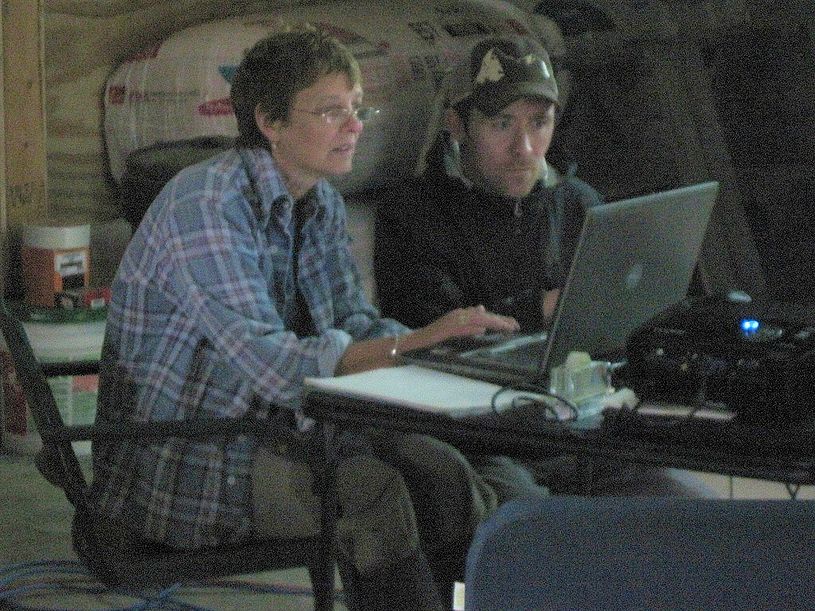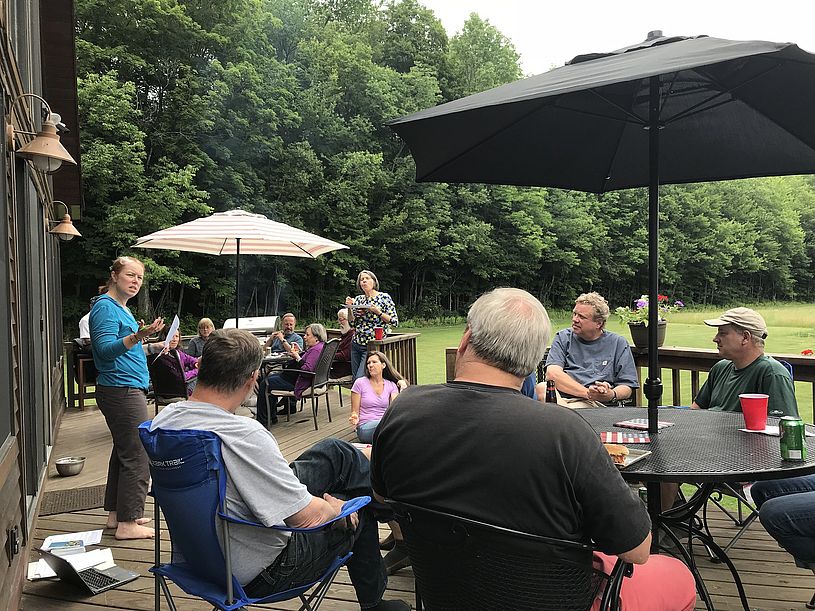Program Administration

A Woodlots Program does take significant administration. We think the program is most functional when we have buy-in not only from our own organization, which provides the leadership, but also our partners and a community of forest professionals. There are important roles for each.
It's worth noting that CHC's program administration has changed substantially since initiating the program. Some of these changes were due to lessons learned, but many came with growth and time. You may want to start where we started--or jump in closer to where we are now.
Program Administration Over Time
Here is a timeline of the evolution of Woodlots administration:
2013-2014: Volunteers Only
The initial, one-town Woodlots Program was initiated entirely by volunteer board members. However, groundwork was done over the years leading up to the program by building strong community relationships, holding outreach events, creating citizen science programs, and providing community educational opportunities related to forest resiliency and stewardship. This work was aided through a partnership with the Staying Connected Initiative, which provided part-time staff support for some of these community-building, educational, and fundraising activities.

2014-2020: Minimal staff time
Cold Hollow to Canada hired an Administrative Coordinator: a contract, ½-time position in which Woodlots administration was one of many responsibilities. This support allowed for the development of two additional Woodlots groups, for a total of three. During this time, CHC board members continued to lead most Woodlots field activities--consisting of 4 gatherings per year for each group--while the Administrative Coordinator handled logistics and program administration. Both staff and board members helped with fundraising opportunities.
2020-2021: 1/4-Time Staff
A Woodlots Program Manager was hired to manage the Woodlots program, a contract position of 10 hours/week. This separated out Woodlots program administration from other aspects of Cold Hollow to Canada’s work.
With a dedicated Woodlots Program Manager, Cold Hollow to Canada initiated a fourth Woodlots group and began to build the relationships and perform the community outreach necessary to initiate a fifth group. The Program Manager was entirely responsible for running the new programs, with little help from the board. However, the 10 hours per week of the contract did not cover all the time needed for all five programs. Board members continued to lead about half of the field programming, with additional programming provided by the Program Manager and guest speakers. Additional CHC staff helped with fundraising and grant tracking related to the program.
2021-Present
In 2021, a change in overall staffing allowed the Woodlots Program Manager’s duties to be incorporated into a half-time staff Programs Director position, which would later be folded into a full-time Operations Director role. While administration of the Woodlots Program itself is only minimally different than with the contract position, this allows all CHC programs to be run by the same individual. Administration of the five Woodlots Programs continues to be a 10-15 hour per week role, and volunteer board members continue to run many of the field programs.
To learn more about our current structure, see Program Leadership.
Consideration: Insurance
One advantage of "formalizing" the program by housing it under an organizational umbrella is that a non-profit can secure an insurance policy. If a group begins as an informal group of neighbors inviting one another over for a walk in the woods, liability isn't generally a concern. Each neighbor assumes no more responsibility than they would by inviting friends over for dinner, and most landowners don't think twice about this. If the program is initiated by an outside group, however, landowners--or even guest speakers--may feel less comfortable, and you may need to think about liability concerns.
CHC has an insurance policy that covers liability. Additionally, we feel that the process of assembling groups by invitation and maintaining relationships among these individuals over the long run alleviates some of the liability concerns. Once the groups get to know each other, the feeling among participants returns to that of inviting neighbors over for a casual walk in the woods. These relationships build a sense of security and trust that would be very different if we were to simply advertise each walk to the general public.

